Function Operators
Function operators are an advanced type of operator used to control the behavior of other types of operators.
They are similar to field operators, but rather than providing values based on positions in space, they take in and modify simple numeric values.
For example, they can be used to control the curve used to smooth the blending region of a magnet operator, with either a sudden edge, or various types of smoothed transitions.
Operators
addFn | Adds the returned values produced by all of the connected input functions. | |
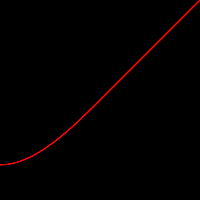 | almostIdentityFn | A mapping function that can change a value only when it's zero or very close to it, where it replaces the value with a small constant. |
chopFn | Function that looks up values in a CHOP. | |
colorPaletteFn | ||
crossFn | Cross-fades between two input functions, either based on a parameter or on a third function. | |
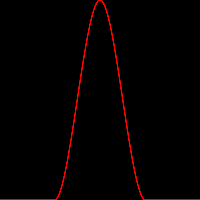 | cubicPulseFn | |
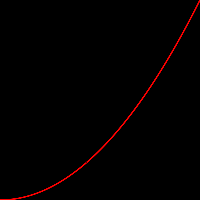 | easeFn | |
extendFn | Defines the behavior of a function outside the normal expected range of coordinates. | |
flipFn | Function that flips its input in one of several different modes. | |
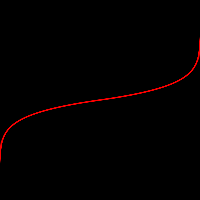 | gainFn | A function that expands the sides of the coordinate range and compresses the center. |
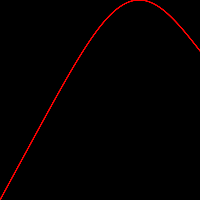 | impulseFn | Impulse functions that are useful as trigger patterns or animation envelopes. |
joinFn | Joins functions end on end. | |
modulateFn beta | ||
multiplyFn | Multiplies the returned values produced by all of the connected input functions. | |
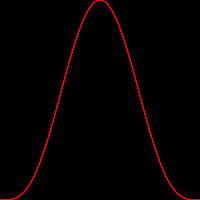 | parabolaFn | |
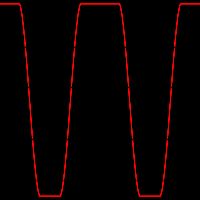 | pausingWaveFn | |
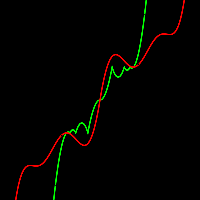 | pennerEasingFn | Robert Penner's collection of easing functions. |
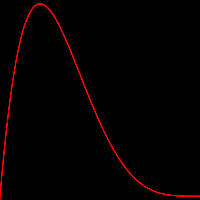 | powerCurveFn | |
 | rainbowFn | |
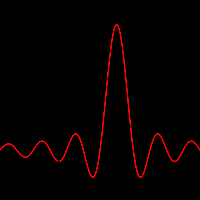 | sincCurveFn | |
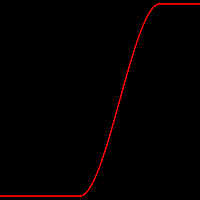 | stepFn | A function that changes from zero to one at a cutoff point. |
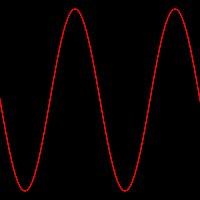 | waveFn | A function that uses a periodic wave, with the position as the parameter. |